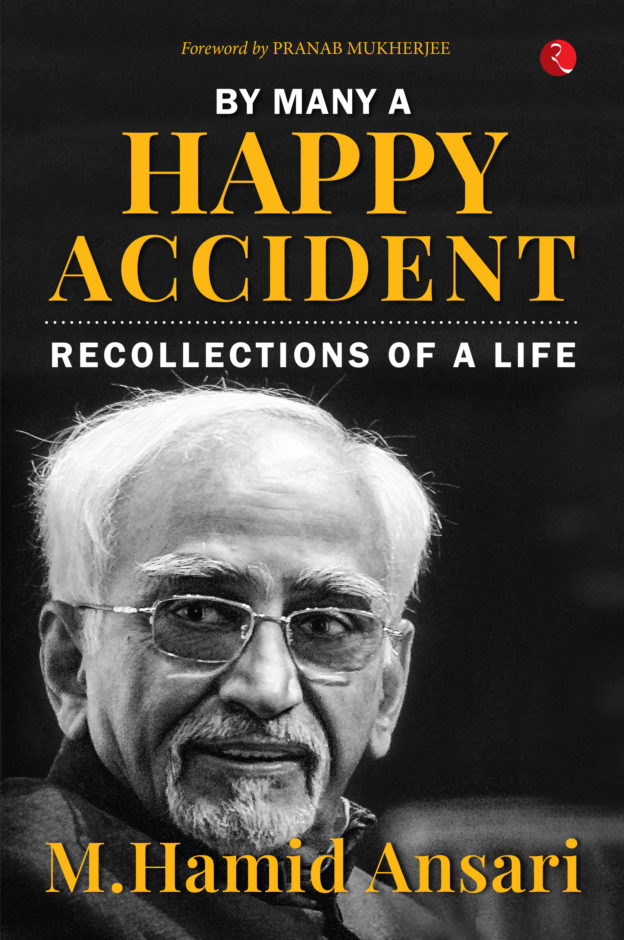MY LEARNING LADDER SOCIAL C3S1 J&K U_MAP
no information available
Arguments against free trade and in favor of protection have a long history when it comes to developing countries, and it is rather surprising that similar assertions have gained increasing appeal in developed countries, including the United States and Great Britain, given the clear benefits openness brings. The benefits are especially great for emerging markets.Free Trade and Prosperity offers the first full-scale defense of pro-free-trade policies with developing countries at its center. Arvind Panagariya, a professor at Columbia University and former top economic advisor to the government of India, supplies a historically informed analysis of many longstanding but flawed arguments for protection. He starts with an insightful overview of the positive case for free trade, and then closely examines the various contentions of protectionists. One is that “infant” industries need time to grow and become competitive, and thus should be sheltered. Others are that emerging markets are especially prone to coordination failures, they are in need of diversification of production structure, and that they suffer from capital-market imperfections. The panoply of protectionist arguments, including those for import substitution industrialization, fails when subject to close logical and empirical scrutiny. It does so because the costs of protection far outweigh the benefits.Free trade and outward-oriented policies are preconditions to both sustained rapid growth and poverty alleviation in developing countries. Panagariya provides compelling evidence demonstrating the failures of protectionism and the promise of free trade, including through detailed case studies of successful countries such as Singapore, Taiwan, South Korea, China, and India. Low or declining barriers to trade and high or rising shares of trade in total income have been key elements in sustained rapid growth and poverty alleviation in these countries and many others.Free trade is like oxygen: the benefits are ubiquitous and not noticed until they are no longer there. This important book is an essential reminder of the costs of protectionism. ... Read more Read less











